It was with a great deal of anticipation and just a little bit of trepidation that I travelled to Leipzig last weekend to see a new ballet version of Copland’s Clarinet Concerto. The well-loved concerto, commissioned by jazz great Benny Goodman, was premiered in 1948 and has become a standard part of the clarinet repertoire. It is a perfect piece for dance comprising a Satie like pas de deux movement in waltz time (labelled Slowly and Expressively), a Cadenza that enables the clarinettist to show the instruments full range and virtuosity whilst changing the mood to a very jazzy, high energy and Latin flavoured second movement. It has previously one other outing as a ballet – The Pied Piper choreographed by Jerome Robbins. Although this was a success back in the 1950s, and Copland was pleased with it, the precis I’ve read seems to be absent of any narrative and perhaps not the best fit for the music.
Soto/Scholz/Schröder
What I was hoping for was a setting that really did the piece justice and add new dimensions for the performers and the audience alike, opening doors that the music alone never could. I need not have feared. The new choreography called Cocoon by Oper-Leipzig’s Director of Ballet and Chief Choreographer Mario Schröder did just that. It was nothing short of a triumph and exceeded my expectations by 1000%!
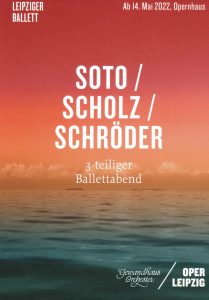 The Copland piece was one component of a three-part ballet evening staged by Leipziger Ballett called Soto/Scholz/Schröder – named after the three choreographers involved. I was lucky enough to interview Schröder in advance of the performance and gain an understanding of the concept and his inspiration for the choreography.
The Copland piece was one component of a three-part ballet evening staged by Leipziger Ballett called Soto/Scholz/Schröder – named after the three choreographers involved. I was lucky enough to interview Schröder in advance of the performance and gain an understanding of the concept and his inspiration for the choreography.
Cocoon – Copland’s Clarinet Concerto
The dance is loosely based on the butterfly lifecycle (although not quite biologically correct as cocoons are associated with moths!) and how human lives have stages of growth, progression, evolution and reflection. Throughout the ballet butterflies are used as metaphors for memories and ideas.
The ballet starts with a main character danced by Fang-Yi Liu in the foreground mirrored by a dancer in silhouette at the back of the stage (Jeanne Baudrier) – essentially a shadow. The atmospheric set was perfect. Bathed in half light, the stage was bedecked by an angled rectangle of white cloth with the corner of one end overhanging into the orchestral pit. This was offset by a projected rectangle at the back of the stage.
The main character begins her dance on an illuminated square. She wears a blue, baggy costume that looks somewhat like oriental dress and moves serenely to the very slow opening of harp and clarinet. There is an air of melancholy, looking back on a part of her life to which a door is closing. But just like the end of Copland’s most famous ballet, Appalachian Spring there is also the feel of an emboldened spirit and a hopeful view of the future
Mid-way through the first movement the music changes. Copland incorporated a gorgeous extract from the soundtrack of The Cummington Story, a film commissioned by the U.S. Office of War Information that told the story of the integration of European refugees into a rural Massachusetts town during World War II. In the film, this theme covers a harvest scene, and the autumnal mood of the music is beautifully choreographed as the dancers run around the stage and momentarily swap places. It is a particularly moving passage suggesting the fleeting nature of time – for the main character the past is still very much the present and the present will soon be in the past.
As the dance progresses, gradually images of a butterfly emerging, and flying is projected on a screen at the back.
The cadenza movement is suggestive of a reawakening and evolution in action. The dancer in the foreground takes on a childlike, playful dance and is joined by other dancers dressed in red onesies, enabling them to create butterfly like shapes. At one point the main dancer moves across the floor like a caterpillar.
Whilst this is happening the shadow dancer at the back has ultra-precise and very refined, long drawn-out movements as if she is growing ever so slowly in the pupa.
As the cadenza ends the shadow dancer disappears indicating that the butterfly has emerged from the cocoon of the title. The main dancer is now joined by the rest of the company and the dance is joyful and somewhat frenetic and suggests the realization of possibilities but also a crazy adrenaline fuelled schedule where the main character is easily distracted with too much to do and not enough time. At this point, the projection are distorted images of Manhattan skyscrapers – the city that never sleeps adding to dizzying, high energy vibe.
Towards the end, the main dancer lies on the floor seemingly exhausted, and all the other dancers take it in turns to run and jump or step across her from opposite diagonals. The timing of this set piece was first-rate and the various shapes made by individual dancers (some reminiscent of the film Crouching Tiger, Hidden Dragon) were very memorable and comes across as a mind racing through insomnia or her life flashing in front of her.
As the final crescendo draws to a close the main character moves across the stage and the silhouetted shadow dancer reappears at the back. In these last few measures of music, the views of New York are replaced by images and selfies of Fang-Yi Liu with family and friends. The clarinet plays the final impressive glissando or “smear” of notes the two dancers return to spinning on their illuminated squares. The spin goes on after the music stops. A new cocoon forms and the lifecycle repeats.
This was a fitting send off for Fang-Yi Liu who is retiring from Leipziger Ballett after 17 years with the company. Schröder choreographed this with her in mind – fond memories of the past and positivity for the next chapter in her life. At the end she was visually moved as she and the company received the full adulation of the audience and several curtain calls.
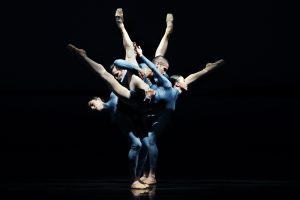
Image © Ida Zenna
Symphony No 2 – Robert Schumann
Cocoon was the superb finale of a highly enjoyable evening. The first half involved a performance of Robert Schumann’s Symphony No 2 choreographed by Uwe Scholz. This was a much more classical ballet. There was no set, only projected multi coloured frames at the back of the stage by the Austrian artist Wilhelm Seibetseder. The aim, I guess was for the dancers to create the images that went in the frames.
The piece had a great deal to admire with very impressive starts and finishes to each of the four pieces. However, for me, a 40-minute symphony with no real plot for the ballet was a bit long. In particular, I did find the adagio movement a little soporific.
Uneven – David Lang’s World to Come
Sandwiched between the Schumann and Copland was Uneven, a setting of World to Come for cello and audio playback by David Lang and choreographed by Cayetono Soto. This provided quite a contrast with a captivating, visually impressive monochrome set in half-light. This has the same white cloth as the Copland later, but in this case the cellist Nicholas Defranoux was positioned on stage. I was immediately taken by this music which is minimalistic and like a cross between Arvo Pärt and Philip Glass.

Image © Ida Zenna
Unlike the Schumann that exemplified the artistry of the female dancers and the athleticism of the males, this piece allowed both five males and three females to all exhibit their all-round creative dance skills. It was mesmerising – the very modern music afforded wonderful shapes, thrilling staccato moves and snappy scorpion-like dance with elements of Argentine tango. The black and white costumes and steamy set created an edge of the seat atmosphere for what seemed like a passionate game of chess.
All three ballets provided unforgettable images but Uneven and Cocoon were a tour de force. I would find it hard to fault either – a brilliant combination of interesting and virtuosic music, well played by the orchestra and soloists, wonderful choreography that was performed with delicacy, verve and panache, and topped off with inspired costumes and set designs. Bravo!
Copland and Leipzig
For me the timing of this performance was fortunate. It’s currently BachFest in Leipzig so there was music and dance everywhere with lots of crossover acts on the Bach Stage. I have done a bit of digging but I don’t believe Copland had any connection with Leipzig whatsoever. Copland was well a travelled, cosmopolitan who in the 1960s conducted all over the world but I can find no mention of him ever going to Leipzig. Overall, I think there was a fundamental disconnect – for him, the music of Leipzig was old school. The only reference I can find is in an interview where he said:
All the new music seemed to be coming from Paris in those days … so I decided to go to Paris to study. The older generation had all gone to Germany to study—in Leipzig, Munich, or Berlin where Strauss was. That was where they headed for. But my own generation began to see pieces by Debussy and Ravel and I guess some Roussel at that time, and so we wanted to go to Paris.”
I would hope that Copland’s view of Leipzig as “old fashioned” would have certainly been different if he had been in the city last weekend. It was a buzz to see world champion break-dancers Flying Steps performing to Bach’s Preludes and Fugues (complete with 30 second head spins, monkey flips, windmills and flares) and other crossover acts incorporating Bach flourishes into rock and roll and Balkan music. It was a massively enjoyable experience with one great performance after another. I asked Mario Schroeder if it was a tough gig putting on a Copland ballet during BachFest. He admitted that it was a challenge but one that he relished and described Copland’s music as the perfect link between the classical and the modern. And indeed, Copland’s clarinet concerto, aided by the dazzling performance by Fang-Yi Liu, Leipziger Ballett and the Gewandhaus Orchestra was right up there with the very best the weekend had to offer, holding its own and getting as big an ovation as the works of JS Bach. All in all, I think Copland would have been thrilled!
Acknowledgement
All images courtesy of Oper-Leipzig and © Ida Zenna

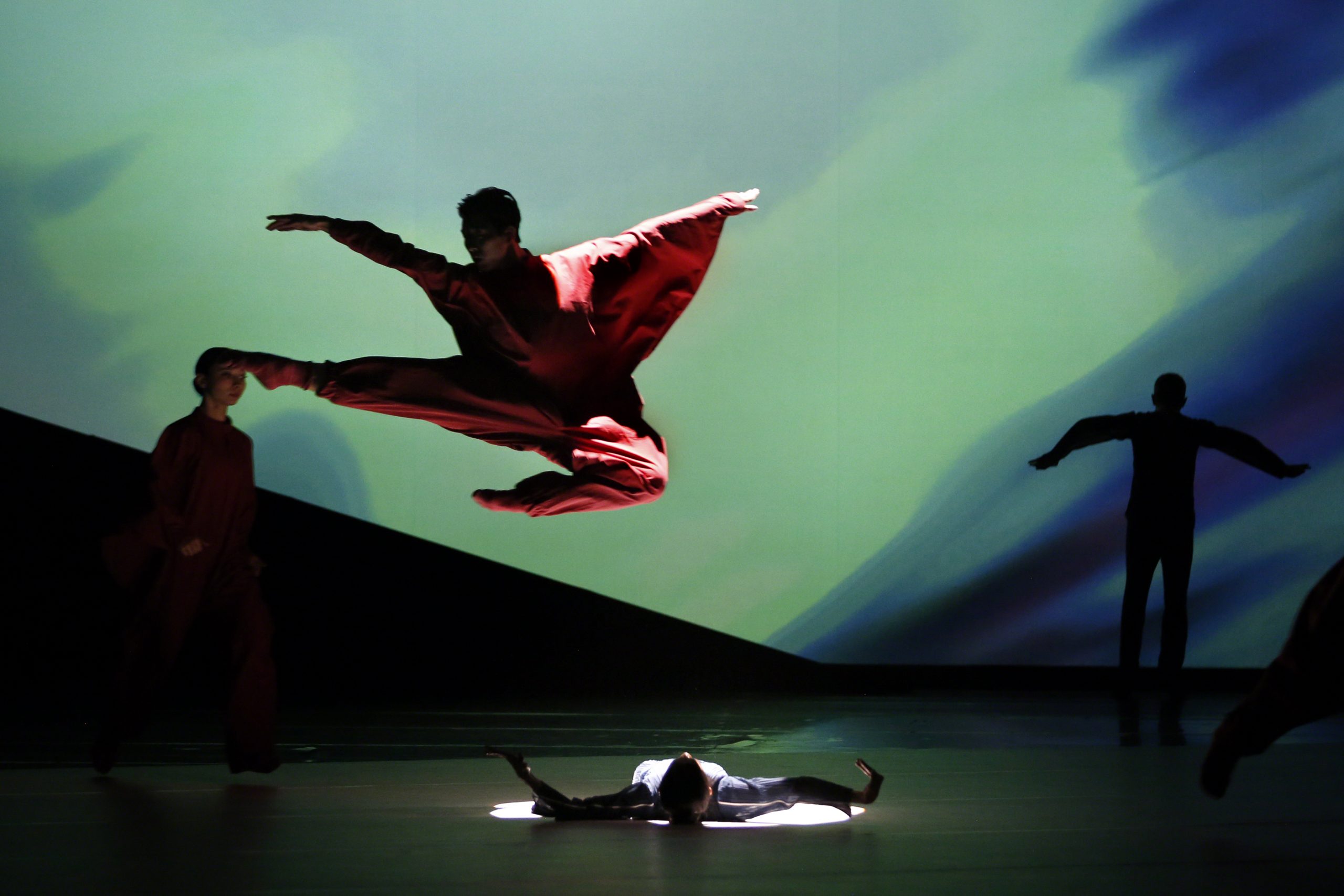
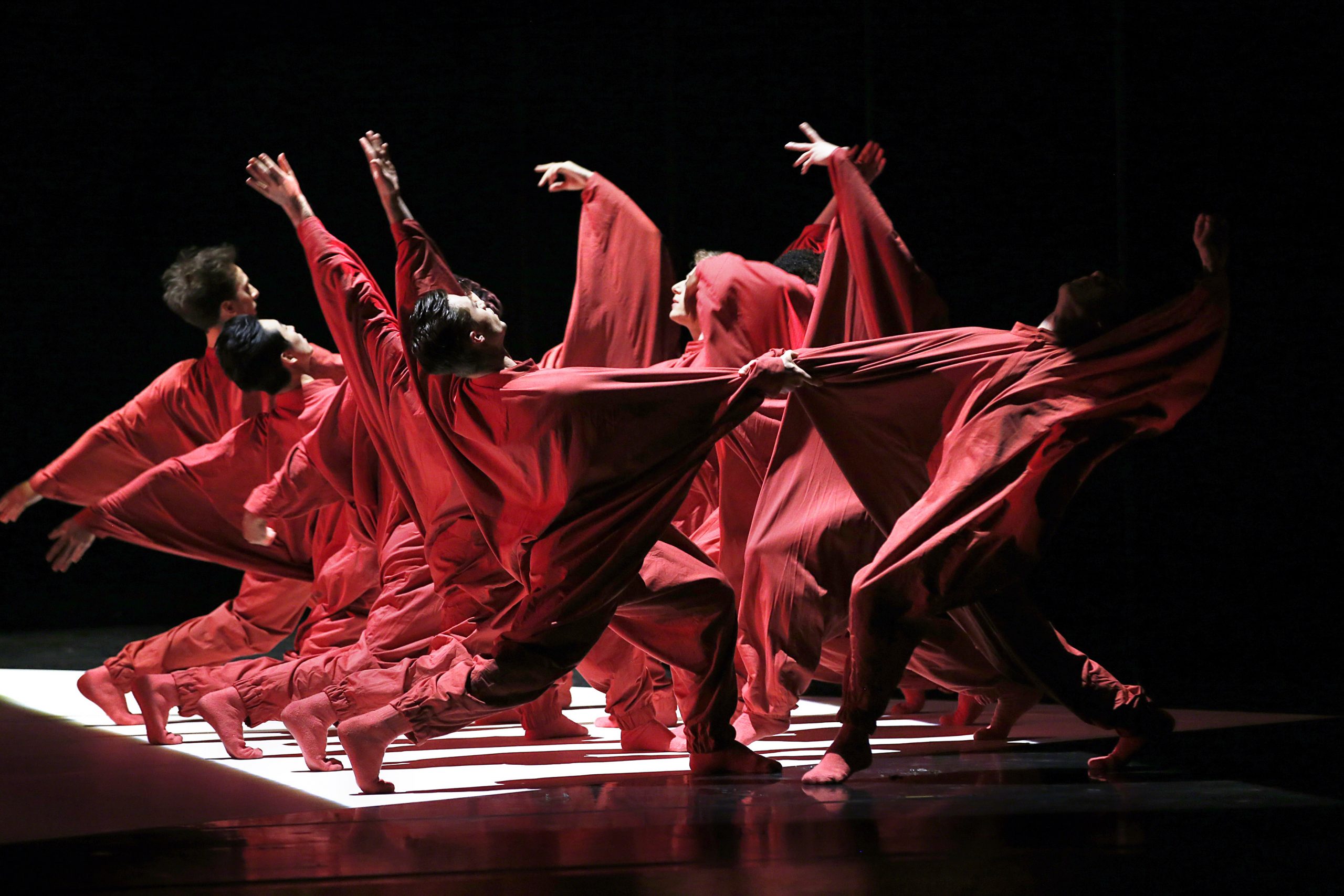

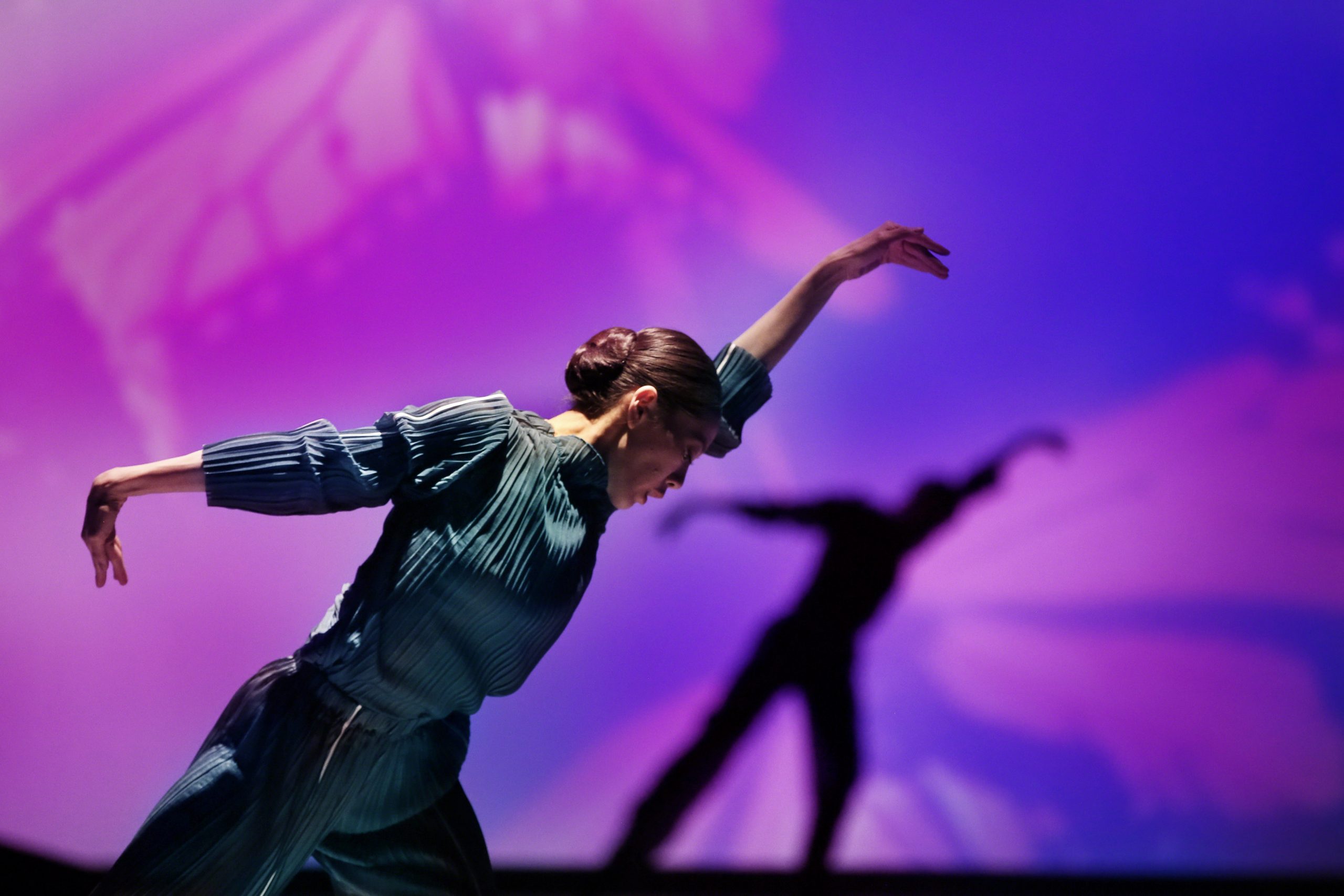
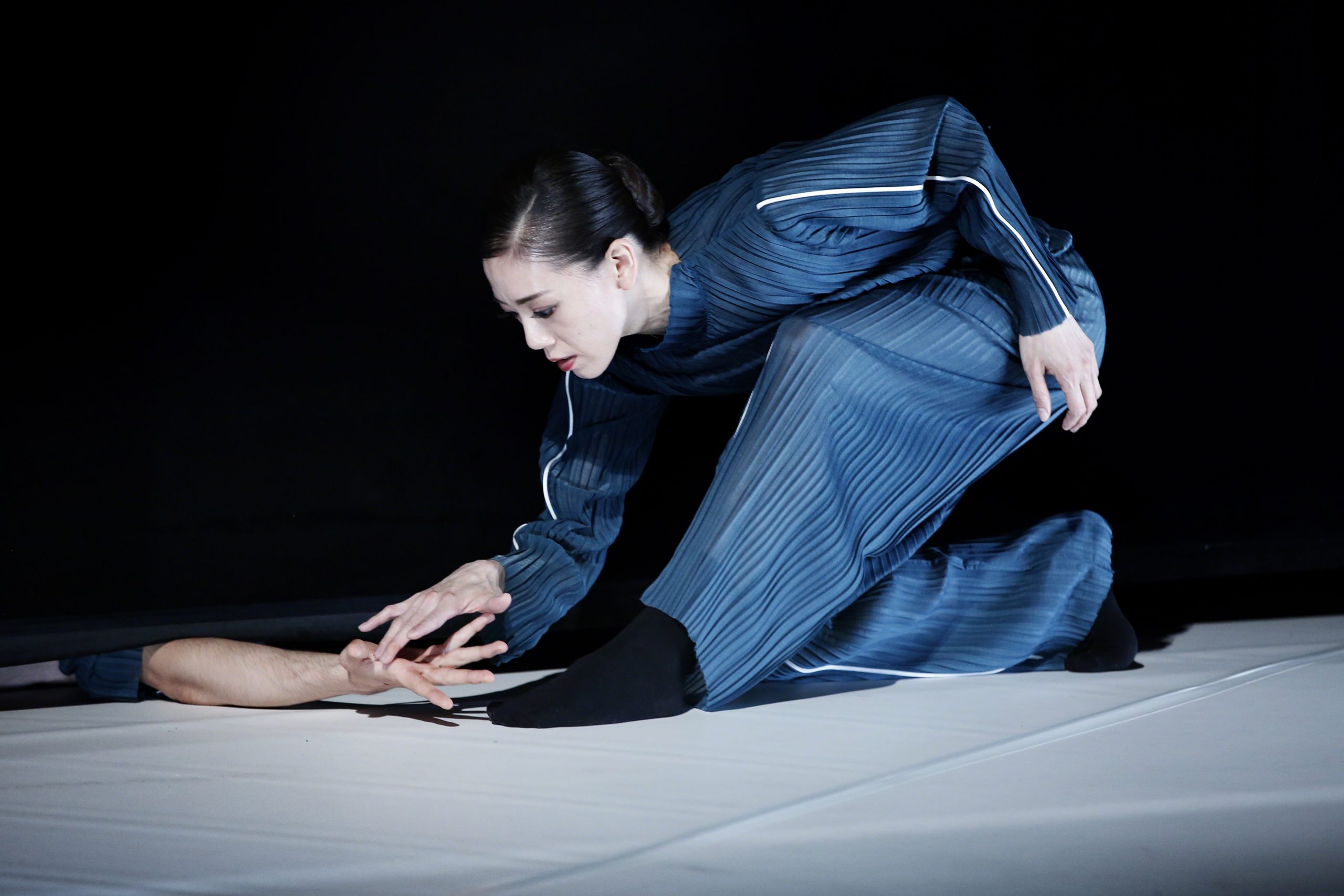
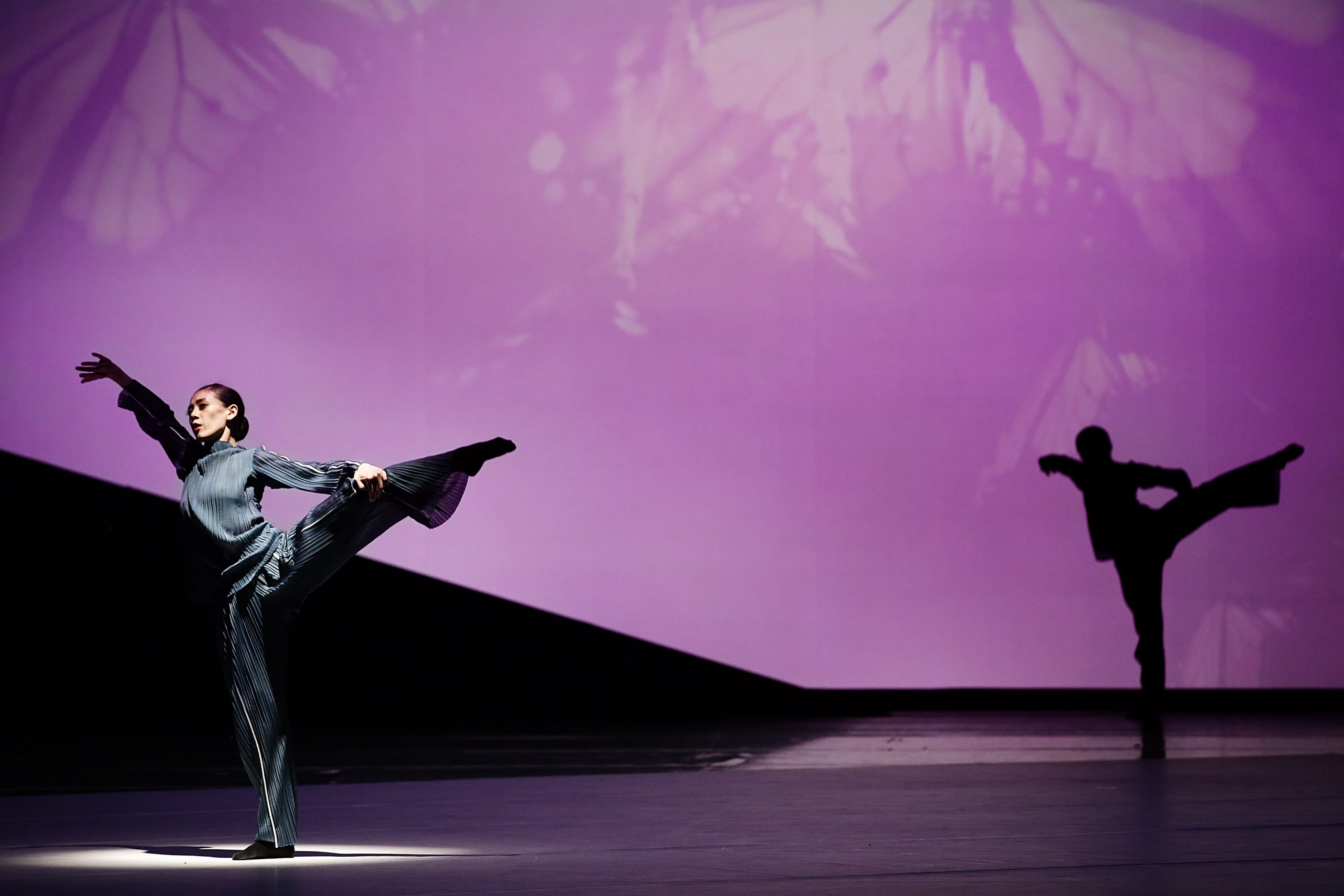

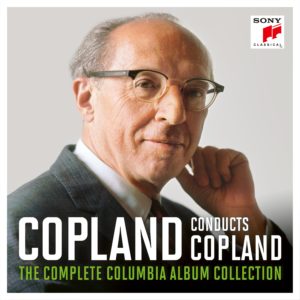
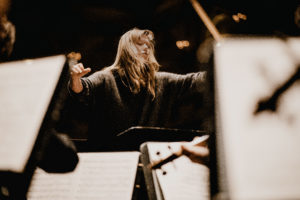
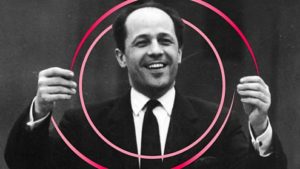





Blog Comments
Mario Schroeder
28th August 2023 at 5:05 pm
Thank you very much for your e-mail and your feedback on our evening at soto/scholz/schröder.
Great how you reflected the evening and i would also like to say thank you for our joint conversation with you.
I also hung up your article here at the ballet stage for the dancers.